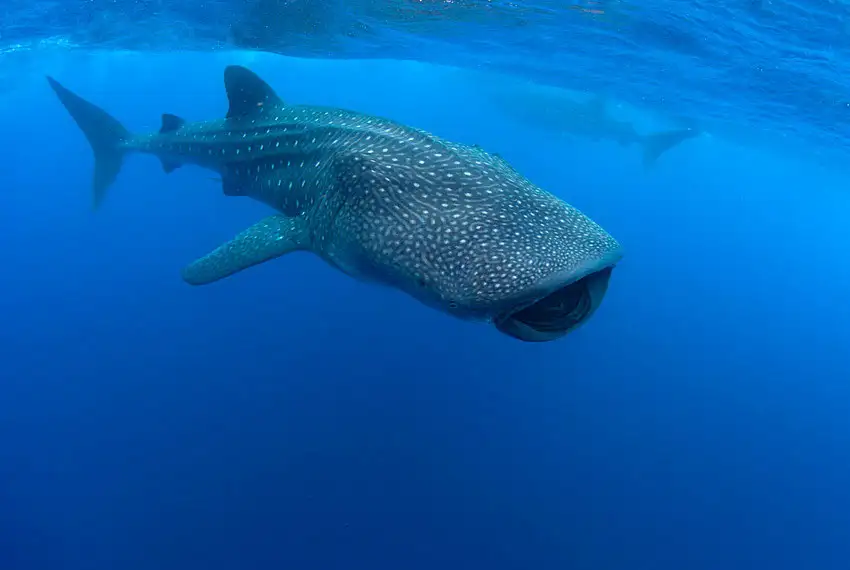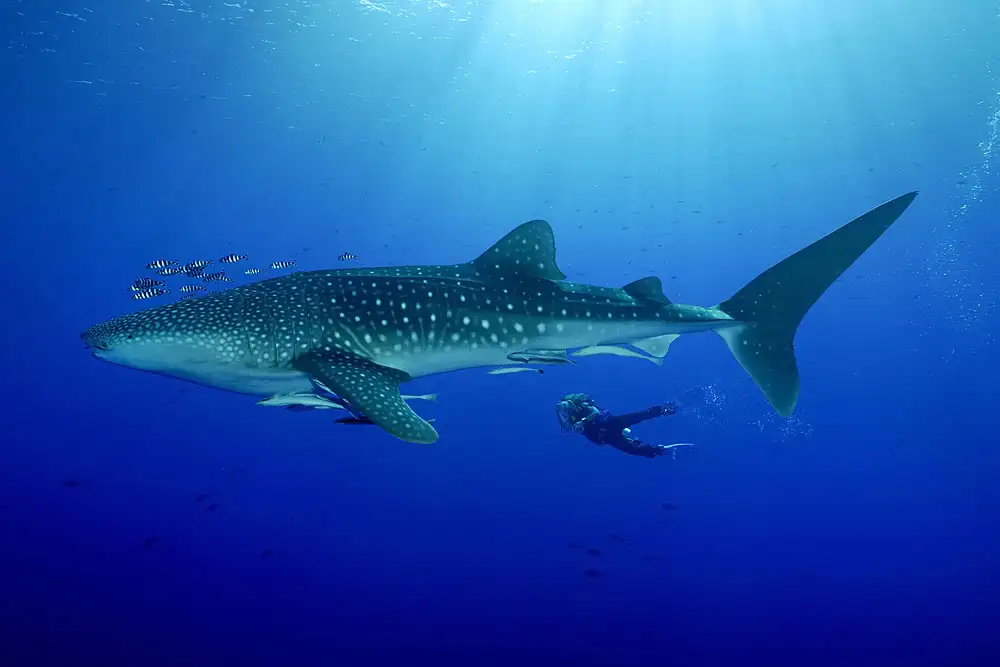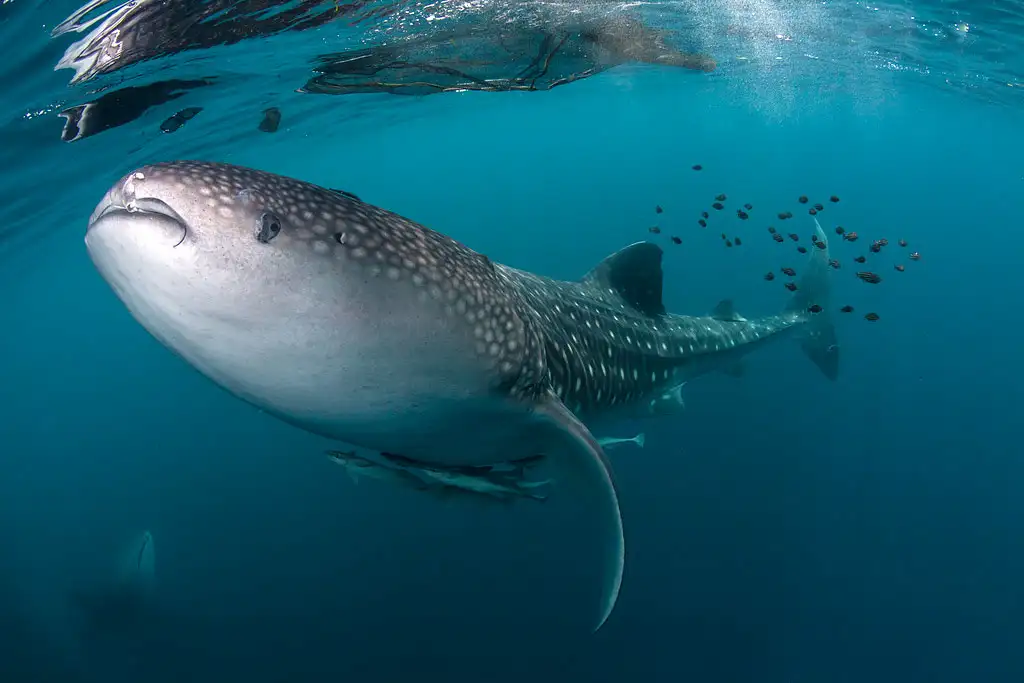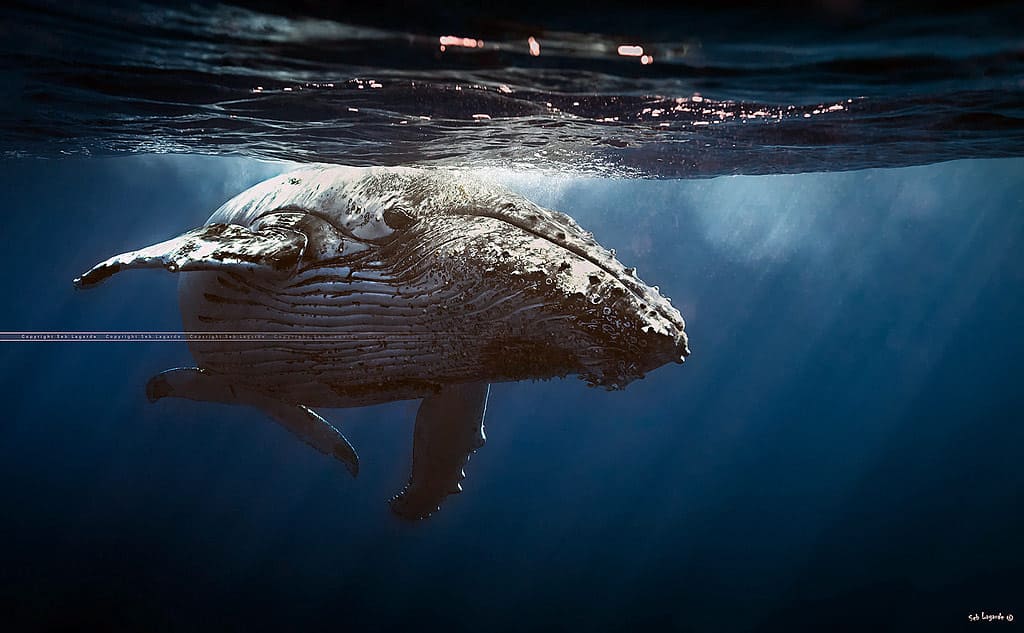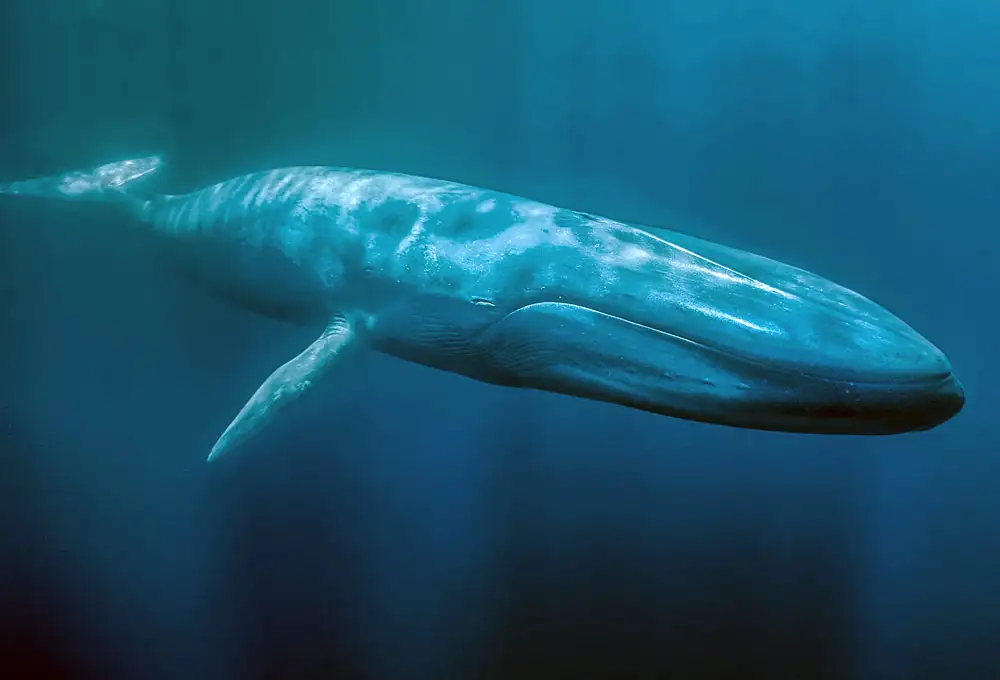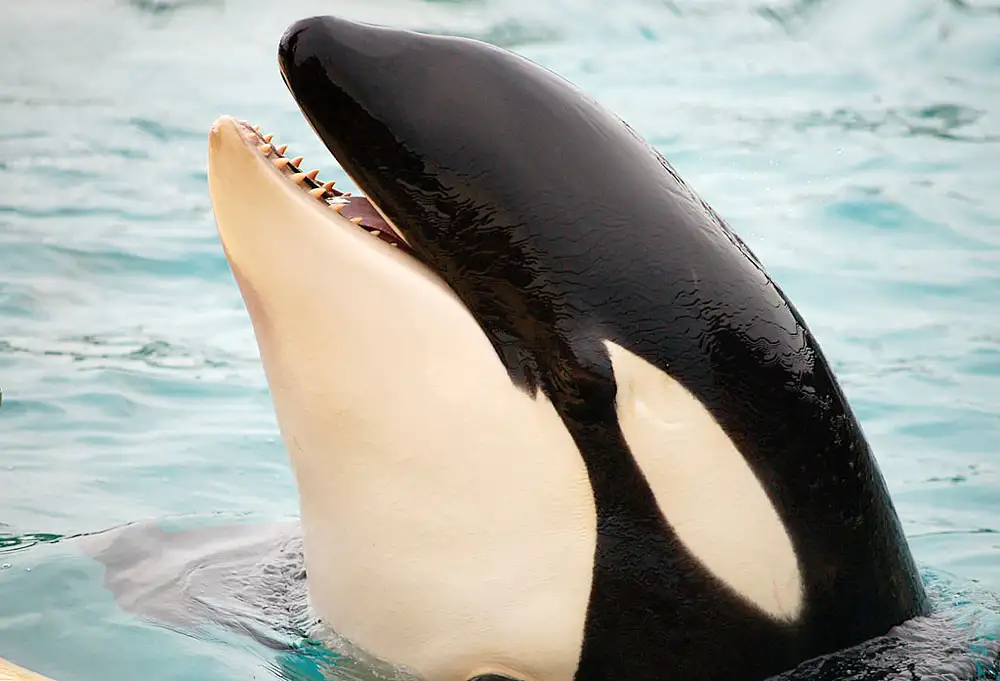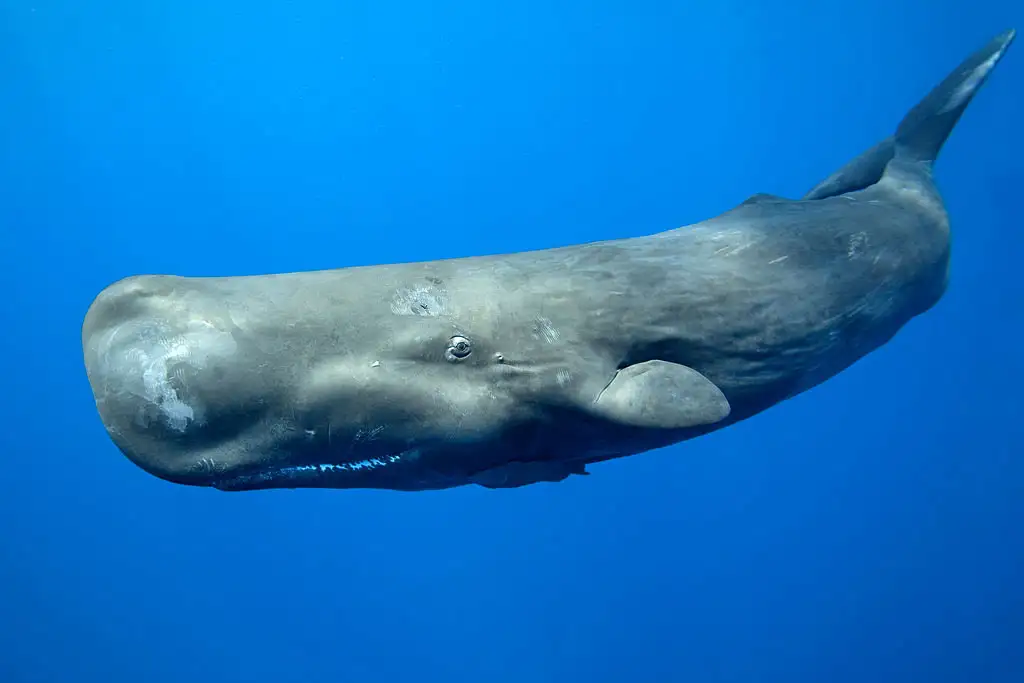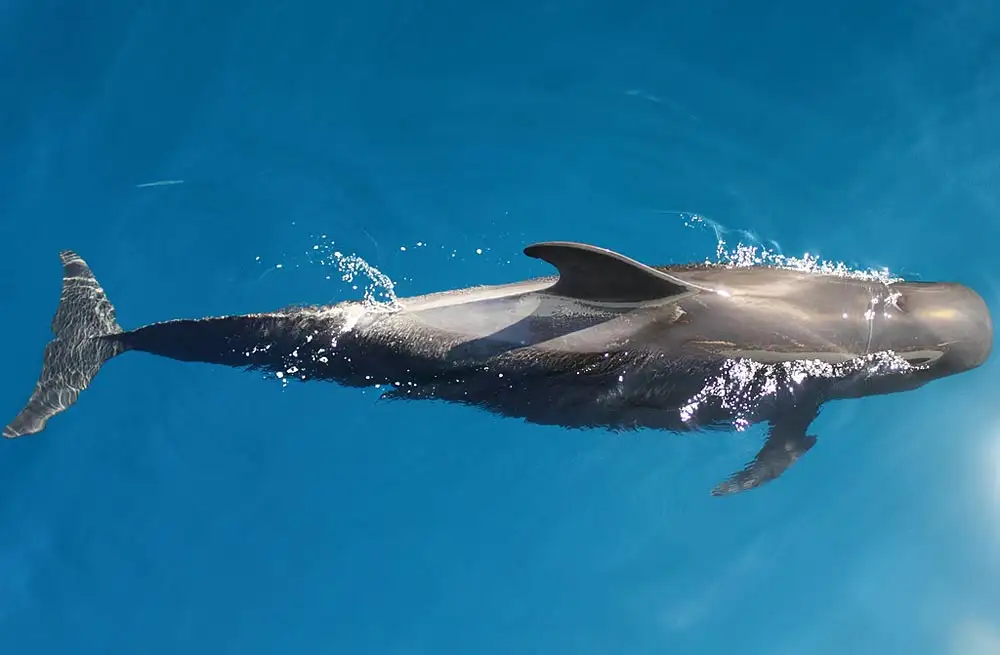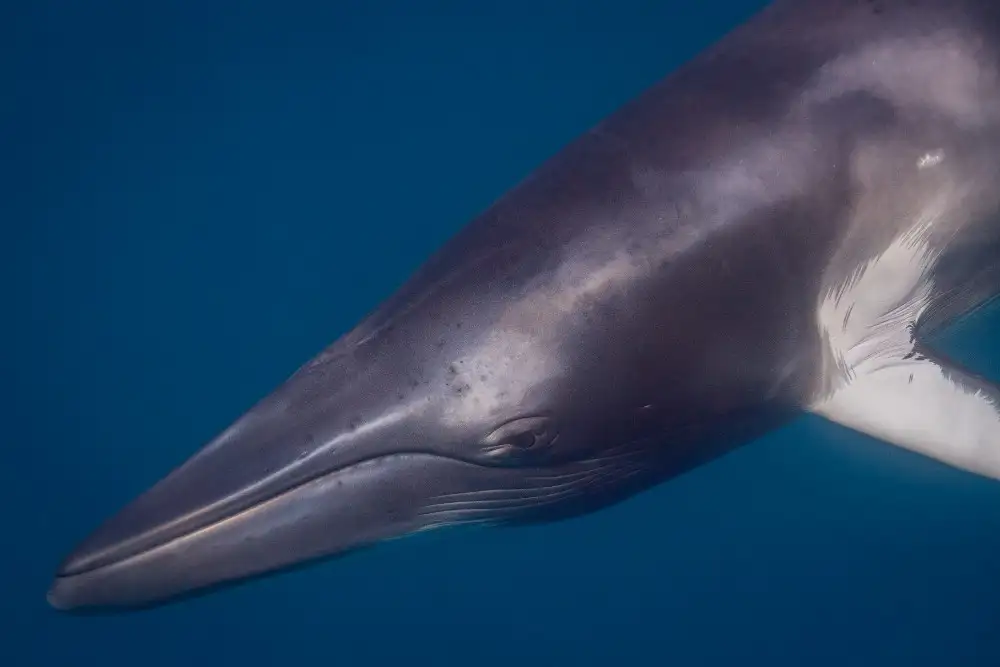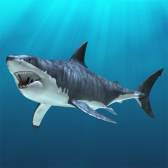Whale Shark
IUCN
ENBasic Information
Scientific classification
- name:Whale Shark
- Scientific Name:Rhincodon typus
- Outline:Giant Fish
- Family:Rhincodontidae Rhincodon
Vital signs
- length:Commonly 6–12 m (larger extremes recorded)
- Weight:Approx. 15–30 t (estimates)
- lifetime:Estimated 70–100 years (slow growth, late maturity)
Feature
Largest fish; filter‑feeds on plankton and fish eggs; unique spot patterns enable photo‑ID; long migrations.
Distribution and Habitat
Tropical–subtropical seas at coastal–offshore convergence, upwellings and seasonal feeding hotspots.
Appearance
Blue‑grey with white spots/lines in a checkerboard; very wide terminal mouth; triangular dorsal fins; large tail; tough denticles.
Details
The whale shark (Rhincodon typus) is the largest living fish, in the familyRhincodontidae. Despite its size it is a filter‑feeder, taking plankton, fish eggs and small schooling fishes viaram‑suction filtering and ram swimming with the mouth agape. Global IUCN status: Endangered (EN).
Basics
Scientific name: Rhincodon typus
Size: commonly 6–12 m (larger extremes recorded)
Mass: roughly 15–30 t (very variable, estimates)
Ecology & Behaviour
Occupies tropical–subtropical coastal–offshore convergence zones and aggregates seasonally at plankton blooms or spawning events (e.g., coral spawning). Generally slow‑cruising; typical dives within<100 m but can exceed several hundred metres. Individuals undertakelong‑distance migrations.
Identification
Blue‑ to grey‑backed with a checkerboard of white spots and lines; each individual’s pattern is unique for photo‑ID. Very wide, terminal mouth; small eyes; triangular dorsal fins and a large caudal fin; tough dermal denticles.
Reproduction
Aplacental viviparous (ovoviviparous): embryos hatch inside the female and pups are born live; early life history remains poorly known.
Threats & Conservation
Bycatch & set‑net entrapment, vessel strikes and propeller injuries.
Targeted fishing & illegal trade (bans/quotas in many countries).
Habitat degradation & pollution; poorly managed tourism (chasing/touching/feeding).
Priorities: dynamic protection of hotspots and migratory corridors, gear and speed management, photo‑ID databases and satellite tagging, and strict wildlife‑tourism codes. Listed on CITES Appendix II and CMS appendices.
FAQ
Q1. Dangerous to people? Generally docile filter‑feeder; maintain respectful distances—no touching or feeding.
Q2. Where to see whale sharks? Seasonal hotspots linked to plankton/fish‑spawn events; timing varies regionally.
Q3. How are individuals identified? Unique spot‑and‑stripe patterns behind the gills are used for photo‑ID and citizen‑science matching.
Q4. Why Endangered? Combined impacts of fisheries, vessel strikes, tourism pressure and slow life history leading to slow recovery.

